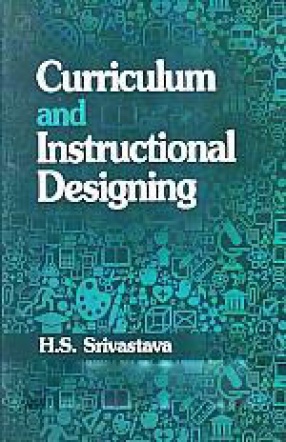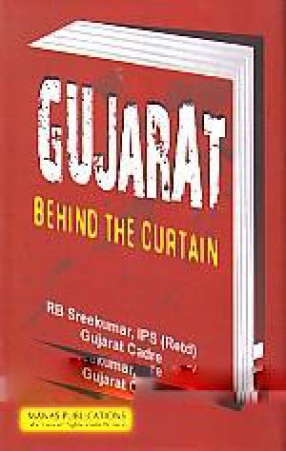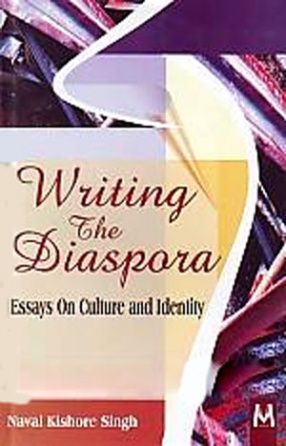Throughout the nineteenth century, political developments in Afghanistan remained linked up with the Anglo-Russian rivalry. And the Amirs of Afghanistan tried to use this rivalry to their own benefit. Amir Sher Ali too followed this policy and in 1877 sent an envoy to ask for British aid against the encroachments by Russia. But the real object of this mission was to discover with which power the best bargain could be made. Unfortunately, the envoy could not return back as he fell victim to fever before his task was completed. One year later when the news spread that the Amir Sher Ali had agreed to receive a mission from Russia, the British authority quickly pursued the Amir to receive a British mission which was agreed. Sir Neville Chamberlain was sent as the British representative but he was forced to return on his arrival at the Afghan outpost of Ali Masjid in the Khyber Pass. The British viewed it as an insult and reacted by launching an attack. After defeating Afghans at Ali Masjid they advanced further to the pass of Gandamak. Amir Sher Ali, having failed to resist British attack fled towards north leaving his son Yakub Khan as Regent of Kabul. The British after a swift campaign negotiated with Yakub Khan the treaty of Gandamak on 26 May, 1879. Afghanistan agreed to receive a British resident at the capital of Afghanistan. However, disorder broke out in Kabul in which British envoy Louis Cavagnari was murdered. Hostilities broke out and Yakub Khan abdicated as Amir. The book presents a history of the Kabul campaign launched by the British. Since the author himself participated in this campaign, this eye-witness account gives an insight to the background of the campaign and incidents. Based on his personal observations the book records several British expeditions into the Afghan side as part of the Kabul campaign led by General F.S. Roberts which came to an end only in January 1880 after which the author’s regiment was ordered to return back to India. It also gives a description of the Kabul city and the market which was divided into two categories, Great Bazaar and Sher Bazaar. While in the Great Bazaar, many of the articles exposed for sale were of native manufacture, the Sher Bazaar was dominated by Hindu tradesmen.
Curriculum and Instructional Designing
$58.50
$65.00





There are no reviews yet.